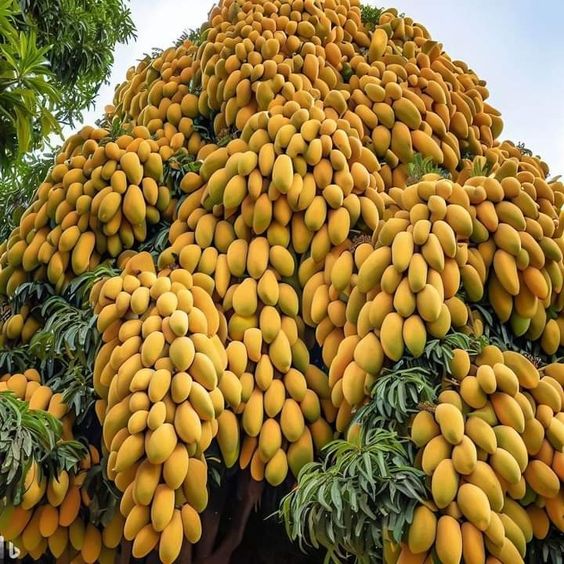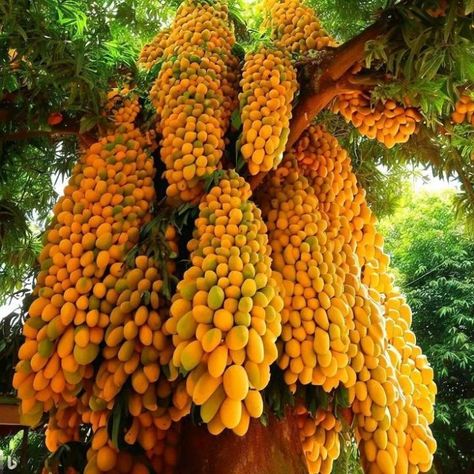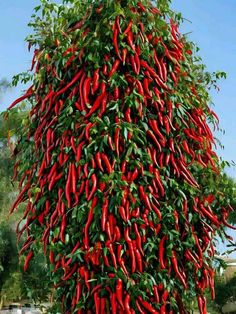The crooked tree is a distinctive and attractive plant, referred to as “kunisáitla” in the Nah language. It is a tree that possesses the remarkable capability to adjust to harsh environments and instills wonder in those who behold it.

The crooked tree gets its name from the way its branches and leaves grow in unconventional patterns. Rather than growing straight up towards the sky, the branches tend to twist and curl, creating a captivating spiral pattern. The leaves also have a whimsical arrangement, which adds to the tree’s unique charm.

Despite its unusual appearance, the crooked tree possesses remarkable strength and resilience. It thrives in diverse climates, from arid deserts to dense forests, showcasing its adaptability. This tree serves as a symbol of perseverance and the ability to flourish even in adverse conditions.

The crooked tree’s twisted form offers an enchanting sight, capturing the imagination of all who encounter it. Its unconventional beauty has inspired artists, writers, and poets throughout the ages. It serves as a reminder that uniqueness and individuality should be celebrated, as they can bring immense joy and inspiration to the world.

The crooked tree not only looks unique but also provides various ecological benefits. Its irregular growth pattern creates a diverse microhabitat that shelters and feeds different organisms such as birds, insects, and small mammals, boosting the biodiversity in the surrounding ecosystem.
Moreover, the deep-reaching root system of the crooked tree prevents soil erosion, which is a crucial feature for maintaining land stability, especially in areas prone to erosion and landslides. Besides, the foliage of the tree provides shade, reducing soil moisture evaporation and promoting the overall health of the ecosystem.
The Nah people hold a particular affection for the crooked tree, or “kunisáitla,” as they admire its resilience and ability to thrive in challenging conditions. They see it as a symbol of resilience and a connection to the natural world, reminding us of the power of adaptation and the beauty that can emerge from embracing our unique differences.
In conclusion, the crooked tree is a captivating plant that stands out with its twisted branches and leaves while also serving as a testament to the wonders of nature and the importance of celebrating diversity. With its unconventional appearance and ecological significance, the crooked tree leaves an indelible mark on both the landscape and the human spirit.




